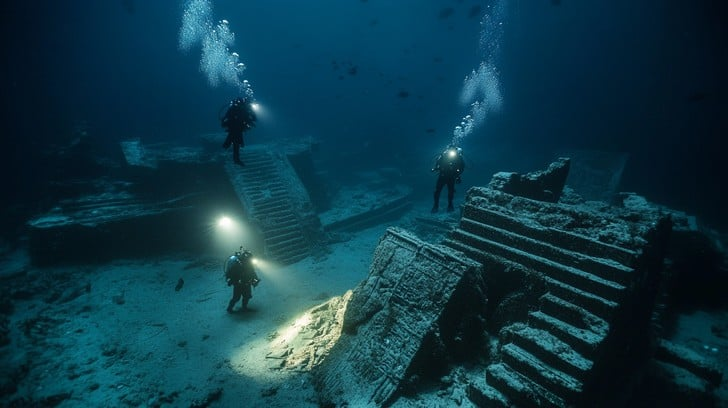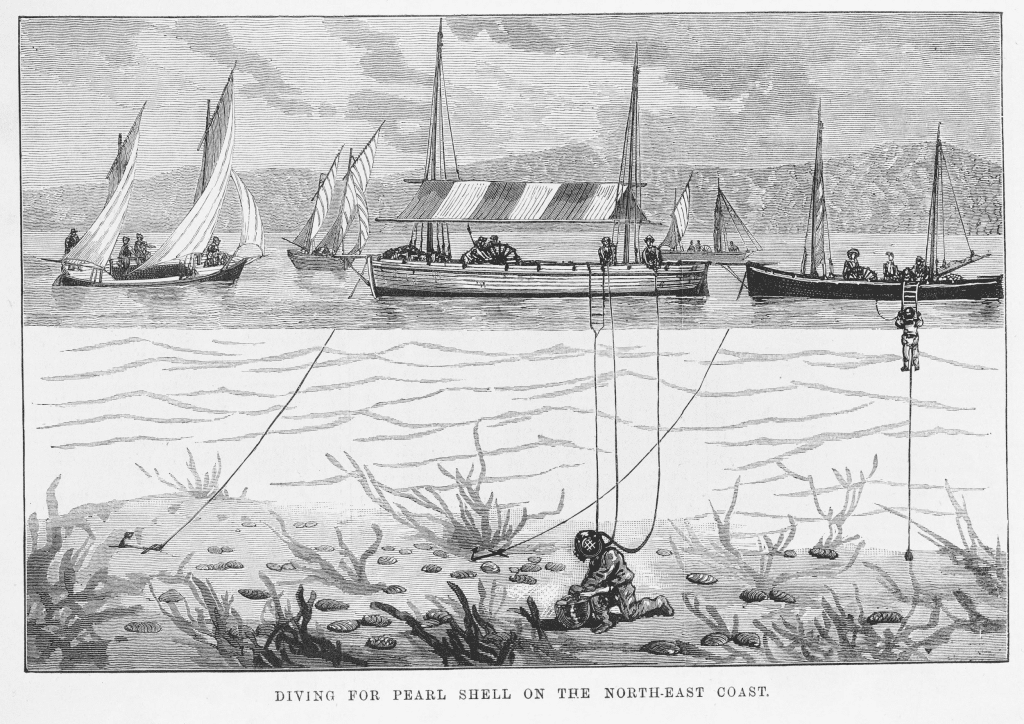When we think of underwater construction, we picture modern divers with high-tech gear and oxygen tanks. But over 2,000 years ago, ancient Roman divers were already diving deep without any of it. Using only simple tools, courage, and extraordinary skill, these early pioneers took on complex underwater tasks that would challenge even today’s professionals.

Diving in the Ancient World
In ancient Rome, underwater work wasn’t just for fishing or sport. It was a crucial part of military strategy and infrastructure development. Roman divers, often referred to as urinatores (literally “those who dive”), were highly trained individuals who braved the depths to complete missions ranging from cargo recovery to naval sabotage.

Without any breathing apparatus, they relied on controlled breath-holding, remarkable endurance, and an acute awareness of the underwater environment. They used weighted stones to descend quickly, and when needed, carried sealed air-filled containers an early and rudimentary way to extend breath time underwater.
Video:
Exploring the Evolution of Diving: From Ancient Origins to Modern Scuba | History Unearthed
Salvaging, Spying, and Strengthening Empires
These Roman divers weren’t just swimming for fun. Their jobs were often critical. When merchant ships sank due to storms or warfare, divers were dispatched to salvage valuable goods. These could include coins, wine amphorae, weapons, and precious building materials.
In wartime, Roman divers also acted as underwater scouts, inspecting enemy ships from beneath and even sabotaging hulls or harbor chains. They could cut ropes, break rudders, or retrieve dropped weapons before they could be used again.
On the home front, divers played a key role in maintaining underwater infrastructure, inspecting harbors, and helping with submerged construction.

The Marvel of Caesarea: Concrete Underwater
Among their most extraordinary accomplishments was the construction of the harbor at Caesarea Maritima, a project commissioned by Herod the Great around 22 BCE. The challenge: build a massive port on the Mediterranean coast where waves and sea currents were relentless. The solution? Underwater concrete.
Video:
HOW IT WORKS: Old Diving Suit
Roman engineers developed a revolutionary mixture made of volcanic ash (called pozzolana), lime, and seawater. When poured into wooden forms underwater, the mixture would react chemically with the saltwater, hardening into a rock-like structure. This was centuries ahead of its time and baffled scientists until recent years.
The Roman divers helped position these heavy wooden molds beneath the waves and held them in place as concrete was poured. Their presence was vital. Without their work, there would have been no way to guide or anchor the massive marine structures underwater.
This form of hydraulic concrete was so durable that remnants of the Caesarea harbor still survive today over 2,000 years later. In fact, modern engineers only fully understood how the Romans achieved this level of strength and durability in marine concrete in the last few decades, using tools like scanning electron microscopes and chemical analysis.

Legacy Beneath the Waves
The contributions of these ancient divers might not always be front and center in the story of Rome’s greatness, but they were foundational literally. Their fearless work enabled trade, helped win wars, and laid the groundwork for some of the most ambitious engineering projects of the ancient world.
Today, as we marvel at underwater construction or salvage operations, it’s worth remembering that long before scuba gear and submarine drones, there were the Roman urinatores. They dove with nothing but stones, ropes, and raw nerve and built empires beneath the sea.


